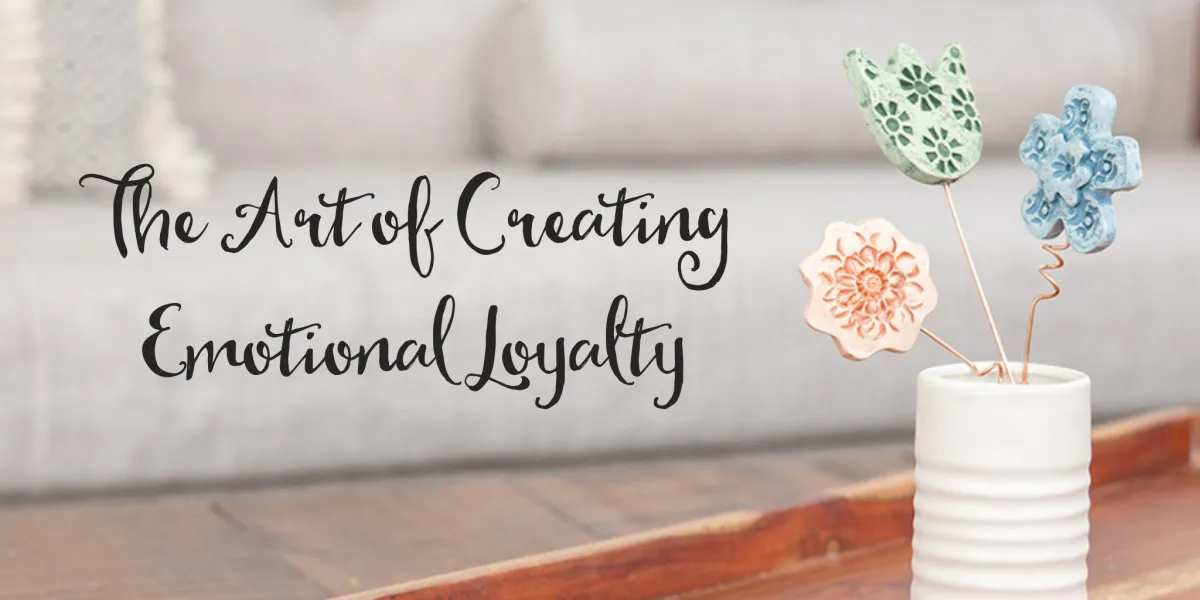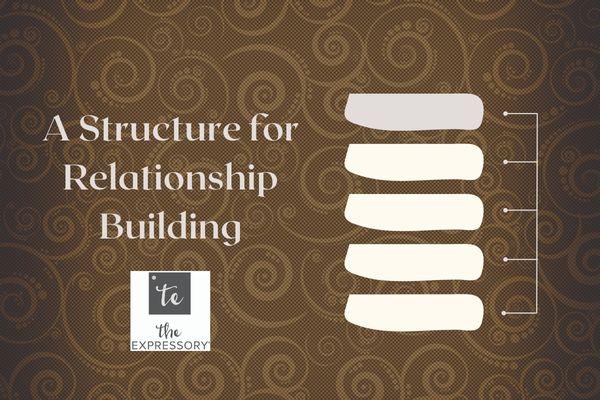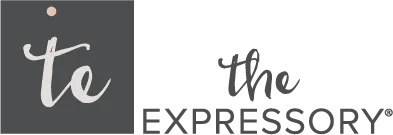
What Swimming Teaches Us About Team Relationships
In my latest video, I break down how swimming teaches us the importance of these relationship-building efforts and the specifics of what we as leaders need to nurture with our teams.
Holiday Gift Insights - What Everyone Else Is Doing
In an effort to simplify the decision-making process, we're sharing some of the trends we've seen with gifting over the years. We're even sharing our best seller and why that gift had such success.
What Makes A Successful Holiday Gift? The Travel Bag Edition
Last year we had the opportunity to work with one of our clients in the travel and tourism space to design an experience that delivered their highest engagement yet.

A Structure for Relationship Building
Adding Structure to Simplify Team Efforts
During our on-boarding process with new clients, we review areas where they’ve had success in consistently nurturing relationships and areas where there are challenges. It’s not uncommon to find that companies have no problem celebrating one type of relationship, but when it comes to celebrating another, it only happens as they think of it.
Most companies we speak with have tried a variety of approaches to strengthening their different categories of relationships, but for one reason or another, the practice doesn’t stick.
In my conversation with Megan Conley, CEO of Social Tribe, we talked about this very thing. At the time we spoke, she shared that she was still trying to figure out the most effective approach to building deeper connections with their existing clients while just having launched a formal program for referrals.
This is exactly how we find many companies work their way toward a strategic practice of relationship building. Through intentional trial and error, you can find what works for your team and each type of relationship. So, let’s look at some ways to add that structure and the value behind doing so.
Make it easy on the team
Social Tribe is a social engagement agency that specializes in working with innovative B2B tech brands. Megan’s team has found success helping these large organizations develop the strategies and programs to help them find their tribe – to build strong relationships with that tribe.
Working with enterprise companies in the tech industry made Social Tribe’s own covid relationship-building efforts a bit of a struggle. These companies were already used to working virtually, often in back-to-back meetings. It used to be a treat for an agency to take these clients to lunch to catch up, but when covid prevented that, it became a struggle to conduct the softer side of the relationship-building efforts. Who wants to have a virtual lunch after you sit on calls all day?
Megan’s team tried to implement a virtual coffee every 6 weeks so that they could stay on top of what was going on in the client’s space. She shared, “We spent a lot of time chit-chatting but didn’t really feel like it made an impact in terms of more referrals or business.”
Like many, Social Tribe is trying to figure out how to have more light touch points without the heavy lifting for their team – and to do so consistently.
This is a very common approach to existing client relationship building. Teams are tasked with what we call a discovery effort.
With Discovery – it is someone’s job to watch for opportunities to build a better relationship. They accomplish this by watching for moments to celebrate or acknowledge the client(s) or by finding/planning opportunities to connect one on one and making sure the client engages.
As we’ve already discussed – This takes a lot of time. And while it’s intentional, they have the task to do so, it takes too much time to really be effective.
The other approach is one where the team has clarity.
With Clarity – You have a plan to make sure you show up in front of the client 3 or 4 times per year. You have designed a touchpoint to create an emotional connection between you and the client. It is scheduled and your team knows what to send so that the only time it takes is for someone to execute it.
This effort takes up front planning once per year. It is more of a creative exercise than time consuming. The team doesn’t have to wonder what next and how to make it happen. The value is in the time returned to your team.
3 Steps to Execute Your Client Nurturing
When it comes to moving into a more strategic approach to building relationships with your clients, where the team has clarity, you can start small. Start by defining just 2 touch points per year. Try this simple approach to setting up a plan for your team to execute.
1 – Define your list of clients who will be part of your nurturing plan.
2 – Touch point 1 - Select which holiday will be used for annual client appreciation mailing. Use this holiday theme to mail your clients a gift that tells them they are valued and appreciated. Consider a theme of “It’s been sweet working together” and add your team’s favorite treats of the season. Maybe describe who likes which item and why. This gives the recipients stories to engage with your team.
3 – Touch point 2 - Select a date to mail your clients some research or thought leading content related to the work you do. Maybe it’s a new book or even a guide to help them think through some relevant topics. Whatever you select, package it nicely and have it come from the leader of your organization. Clients like to feel seen by and connected to the leaders of their service providers.
With this simple guide to decision making, you will provide your team a plan to develop deeper relationships with existing clients. As a result of receiving your mailings, you can expect that the clients will begin to reach out to you. Your team will find natural opportunities to catch up with clients from that engagement. No longer will the approach feel forced and unproductive. (FYI – This same plan can work when nurturing relationships with team, vendors and even leads).
The Value of a Planned Approach
While existing client relationship building is one area that Social Tribe is continuing to test solutions, there is another category of relationships with a consistent approach. Megan was excited to share that the team recently launched a referral program for their existing clients. Since this type of program is often overlooked, we were equally excited to hear about it.
Social Tribe reaches out to their top clients, twice a year, and asks them for referrals. In exchange, they make a charitable donation to the organization of the client’s choosing.
Formalizing a program like this is often one of the first things we’ll suggest our clients implement. The reason being, when you are consistent with your referral recognition, you are creating an engine to fund all other relationship building efforts. Just look at the numbers:
50% of people will likely give a referral when offered incentives (including social recognition).
B2B companies with referrals have a 70% higher conversion rate, and record 69% faster close time on sales.
Referred customers’ lifetime value is 16% higher than non-referred customers.
Referred Customers have a 37% higher retention rate.
Despite all the positive data, only 30% of companies have a formal program in place.
Sources
2011 by The American Marketing Association
How to Design a Referral Program
If companies understand the value, why aren’t more of them implementing a structured referral program? Most of the time it’s because people get hung up on the what – What do I do? Decision paralysis takes over. In order to implement a program like this in a way that is consistently executed, you must work through a plan to determine exactly that – what is the thing we do when we receive a referral?
Below you’ll find a list of the questions often required to automate a structured referral system:
Will your program be by request that you make to your clients/list or rewarded as referrals are provided?
Will your reward be tiered depending on what the referred customer purchases?
Will you thank only when the referred contact converts to a client, or will you also thank just for the introduction?
What will your reward be?
Once you have those answers, the process for implementing can look like this:
1 – If your program is by your request, select the frequency (twice per year, quarterly).
3 – Write your template for asking for the referral ahead of time so that the emails are ready to go.
4 – Write your thank you message ahead of time so that it is ready to write when the next referral is provided.
5 – Repeat your gift each and every time a person sends a referral.
As you begin to encourage more referrals you want to ensure that no good introduction goes unrewarded. Over time, you should begin to see a more consistent stream of opportunities. Positive reinforcement leads to repetitive actions.
Regardless of the relationship you are trying to nurture, having a defined process will enable you to use systems to automate some of the execution. As you test your way through what works best with each relationship, try to develop as much structure as possible so that the consistency in execution will give you the best opportunity for success. Efforts that are just done by discovery are more likely to fall by the wayside and never really have much return.
Relationships are the cornerstone of what we do at The Expressory. Let's get to know each other and find out if The Expressory can help you grow your brand through personalized experiences. Click here to set up a Marketing Strategy Session or click here to download our free guide for Creating Emotional Loyalty by Design. Let us show you how to design a unique experience that sets you apart.
Address:
1500 S. Sylvania Ave #106
Sturtevant WI 53177
Phone:
414.243.8971

